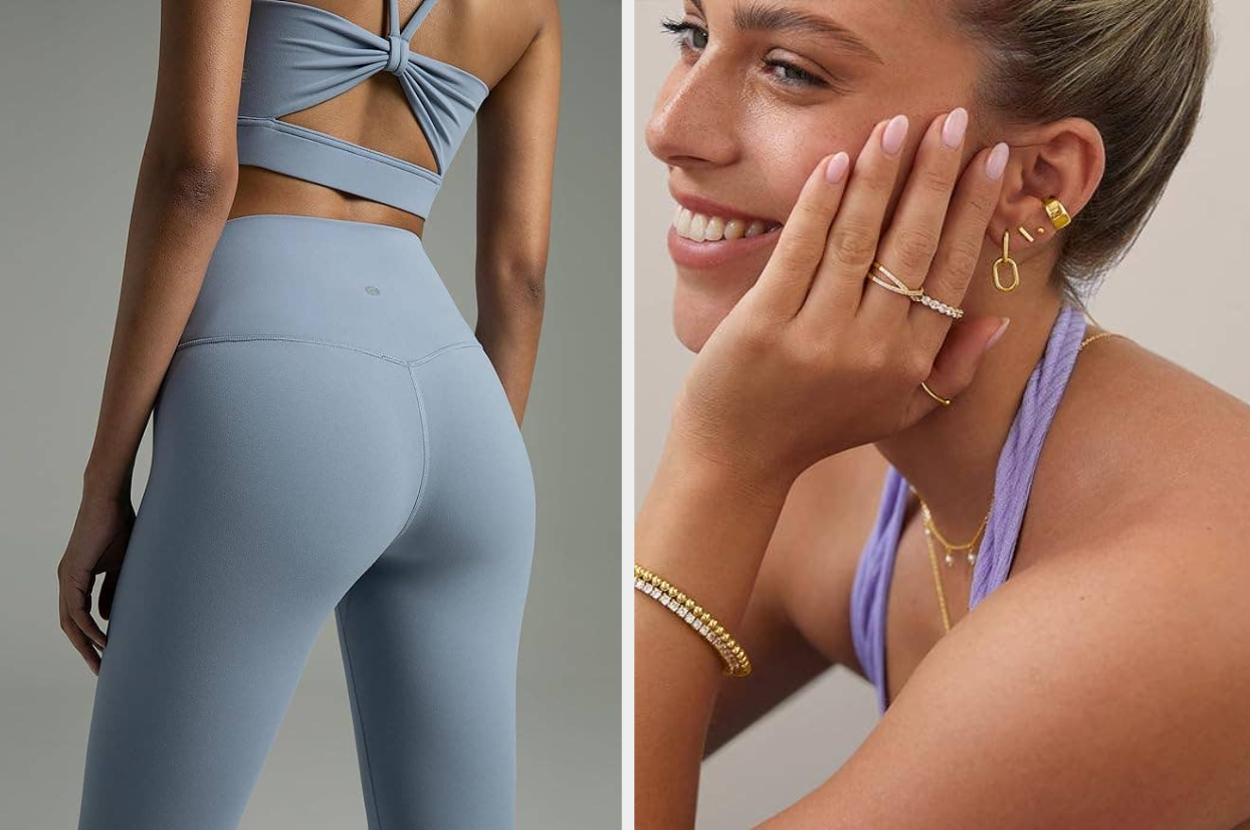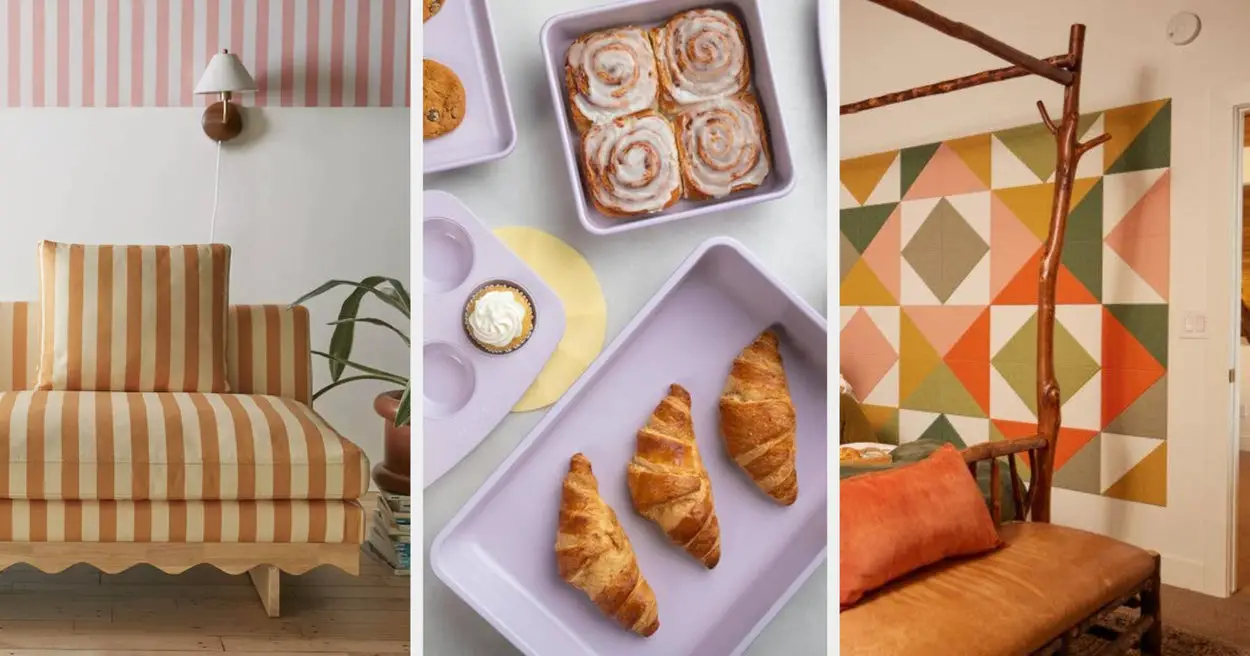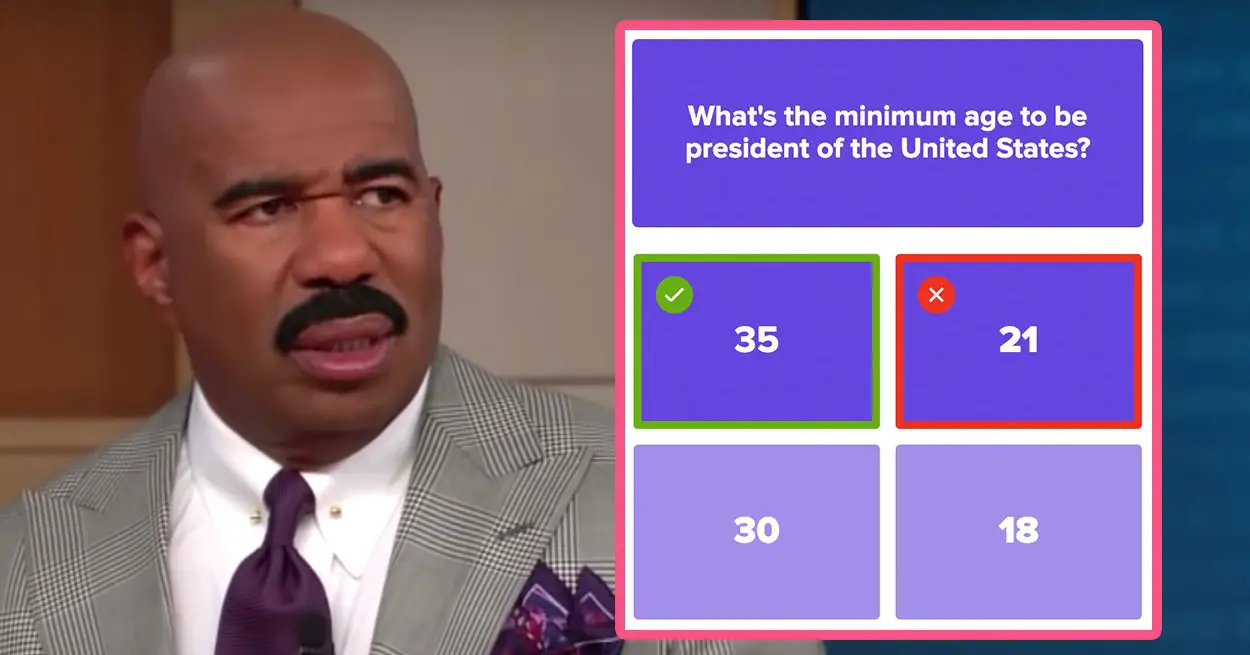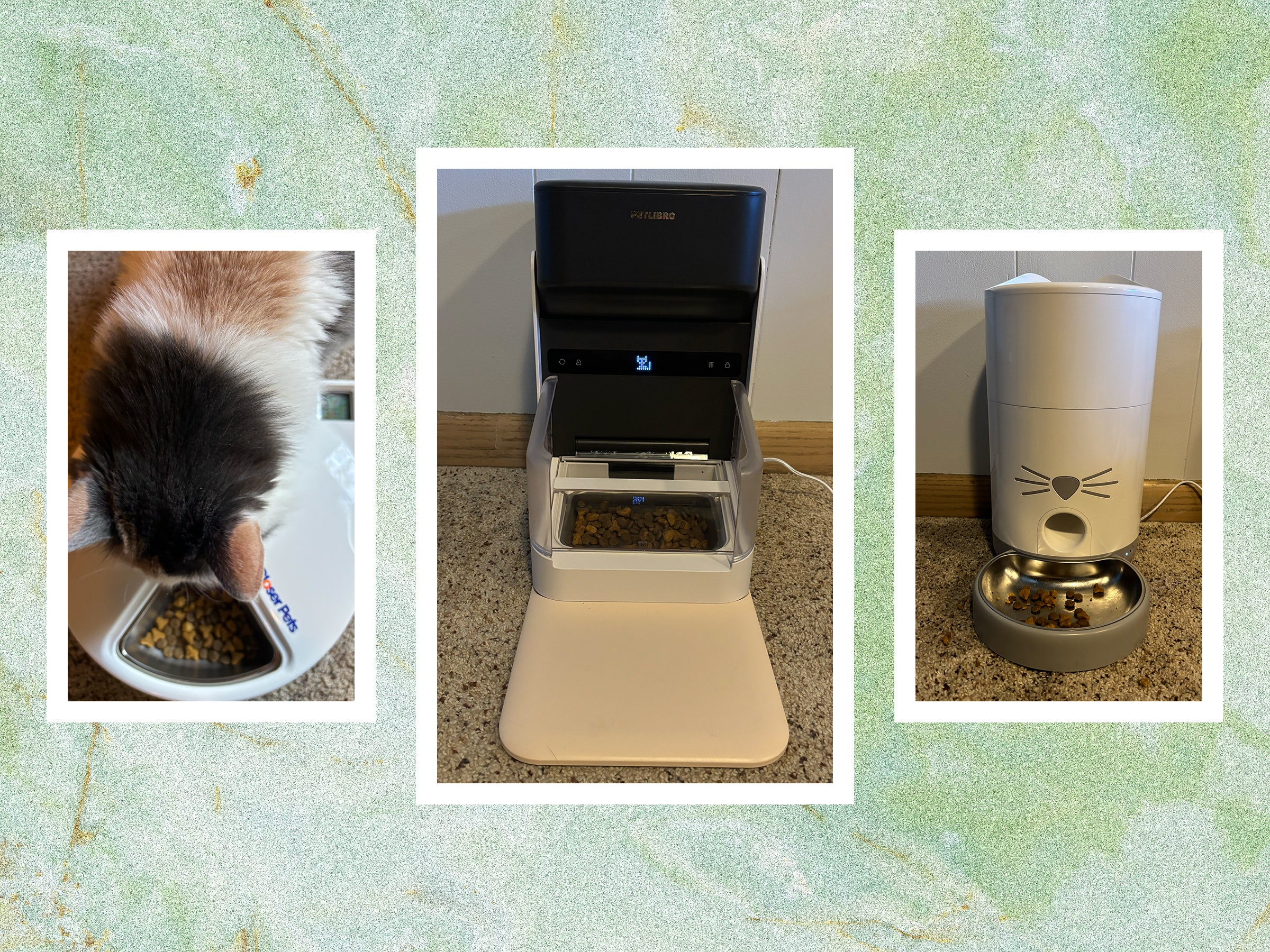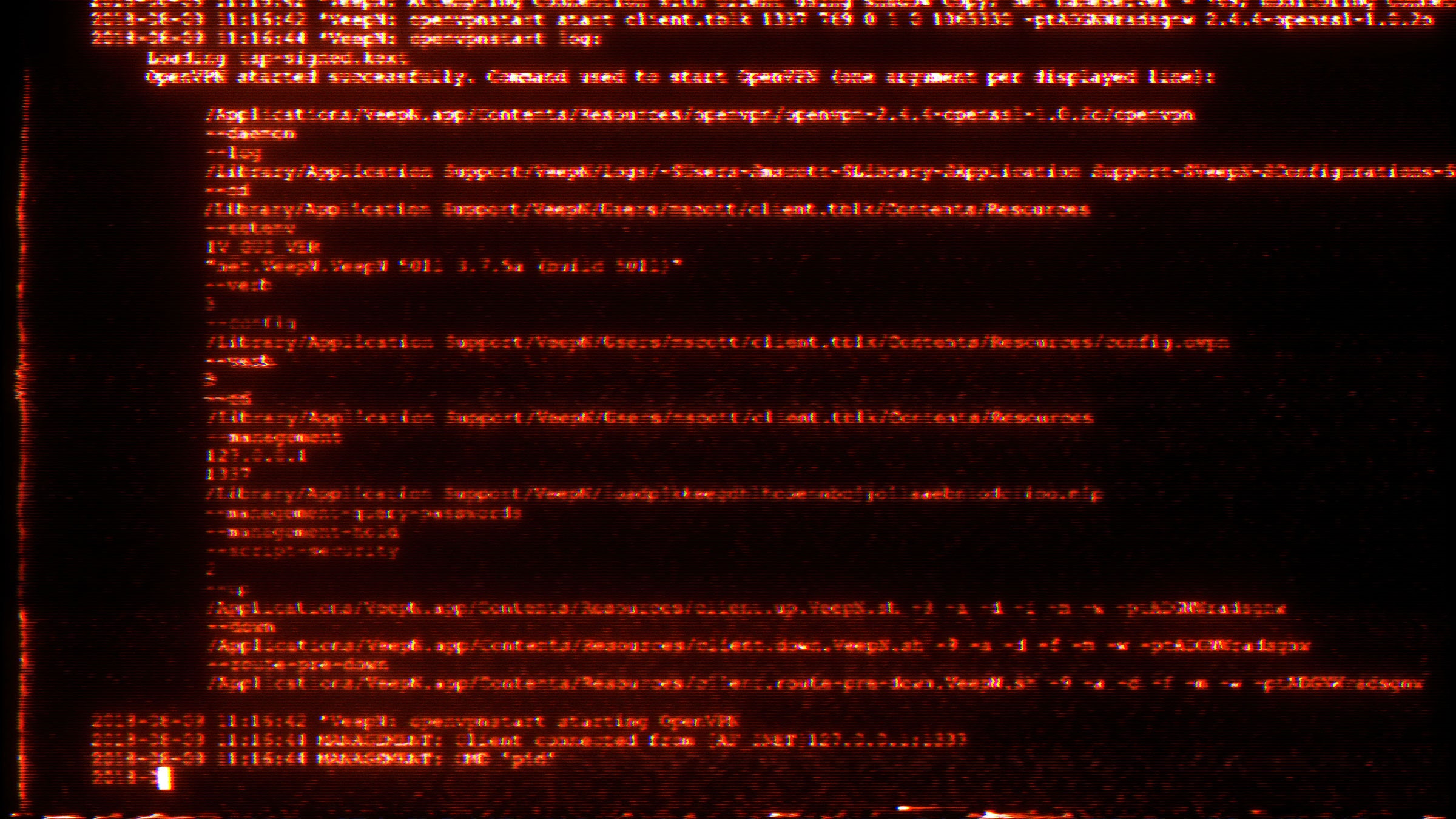Verdict
The Galaxy Z Flip 6 doesn’t change much on the design front, but there are some important changes elsewhere that make this a smart choice for those after a clamshell foldable.
Pros
- Welcome durability improvements
- A well-rounded camera experience
- Galaxy AI smarts
- Top-end performance
Cons
- Hit-and-miss battery life
- 3.4-inch cover screen isn’t the most useful around
- Still gets hot, despite new vapour chamber
Key Features
- Bigger batteryCompared to the Z Flip 5, the Flip 6 has a larger 4000mAh battery
- New main cameraThe same 50MP main camera from the S24 Plus sits on the front of the updated Flip
- Long-term software supportWith seven OS upgrades promised by Samsung, the Z Flip 6 will outlast much of the foldable competition
Introduction
Last year, Samsung’s entire folding marketing budget was built around a concept: join the flip side. The insinuation being that as soon as you saw one of these bending smartphones in the wild, you wouldn’t be able to help yourself but to buy one.
The problem was, that for most of the years these phones have existed there have been some pretty serious downsides to owning one. The cameras were worse. The displays were worse. The performance and battery life were worse. And they weren’t very durable.
So where are we now? With the Z Flip 6, it feels like we’re reaching a point of maturity, or that we’re close to a point where those compromises are minimal.
Design
- Same design as last year, with small improvements
- IP48 dust and water resistance
- Super compact
Getting the blindingly obvious out of the way first: any device with moving parts – like a hinge in the middle – is going to be less durable than one without. And not just because it introduces a point of weakness in the frame of the phone when open, but also because the display on the inside is going to be subjected to a lot of movement and pressure, in the middle of the display.
In older models, this has led to heavy users finding the outer protective layer peeling away from the display underneath.
We’re told this time that things are more sturdy and durable than before. The hinge is stronger, and more impact resistant. And that’s something you can feel.
The opening and shutting motion is smooth, and there’s very little in the way of looseness or wiggle room in general. It’s certainly the most stable-feeling foldable flip phone I’ve tested so far.
Part of that feeling is down to the solid, flat aluminium edges running around all four sides, but also the hinge mechanism that is noticeably tighter and stronger than most.
It’s worth just throwing in here the detail that this phone actually has some dust resistance for the first time. It’s got an IP48 rating, which means it’s about as water-resistant as it gets, and can stop particles larger than 1mm from getting inside it.
That’s not completely dustproof by any means, but a darn site better than things have been in the past.
The best thing about Samsung’s approach to this type of device, however, is the same as before: it’s super compact when it’s shut. Small enough that it’ll fit inside the small internal pocket of a pair of running shorts at a stretch.
It’s convenient, easy to carry around, and has a design that somehow bridges a gap between minimalism and cuteness. No doubt helped by the playful colours available.
Screens
- 3.4-inch cover screen makes a return
- 6.7-inch120Hz internal foldable display
- Inner screen remains tall and narrow
In 2023, with the Z Flip 5, Samsung introduced its first clamshell smartphone with a properly usable display on the cover. At the time, it was a pretty big upgrade from what was essentially a ticker display on the Z Flip 4. However, it was already overshadowed by the larger display on the Motorola Razr model. And this year, that comparison is even more contrasting.
Samsung stuck with the very same 3.4-inch cover display on the Z Flip 6, which is kinda useful, but its small size does mean that for tasks like reading and replying to messages, or navigation in Google Maps, it’s a little bit more of a cramped experience than you’d find on the competing Motorola.
Unlike the Razr 50 ultra, you don’t get to load any app you want on the outer screen. There’s a preselected group of apps that will work, and this feature isn’t even enabled by default. It’s a Samsung Labs feature, effectively making it a beta software function.
Still, for those apps that do work, it’s convenient and means being able to quickly reply to messages on the fly without needing to open up the phone. Being able to navigate around unknown areas, keeping the phone firmly in grip and seeing the next turn on the outer display is useful too.
What Samsung does do well with the outer display is those frequent, quick interaction-type functions. Things you do regularly on your phone, but maybe not functions you think about too much. Things like seeing what music track you’re listening to and skipping to the next track in your playlist.
You can customise the screen quite a lot too. You can add full-screen widgets for things like weather, calendar and Samsung Health data, or if you want to, cluster widgets together on one screen to save swiping through them individually.
As always, it’s useful for setting up hands-free selfies and video shooting. And because that hinge design is sturdy and has the right amount of resistance, you can set the phone to almost any angle to shoot those.
There are both positives and negatives with the large 6.7-inch internal foldable display on the Z Flip 6. In the ‘pros’ column, you have the fact that you do get this large display panel that folds down into a convenient pocketable form.
But, it is worth remembering one inescapable truth: it may be large in diagonal measurement, but the surface area isn’t actually all that huge.
For instance, the Galaxy S24 Plus – a standard smartphone – also has a 6.7-inch display. But because the aspect ratio is less narrow, you get quite a lot more actual display real estate. That matters when you’re watching 16:9 or 18:9 video (aka – most video), because the Z Flip’s narrowness works against it here, adding pretty heavy pillar-boxing to any of those common video formats.
It means, despite technically having a 6.7-inch display, a lot of the time it feels like watching a 5.3-inch display, which is pretty tiny by modern standards. Of course some apps – like YouTube – let you expand to fill the space, but if you do that, you’ll inevitably end up with slices of the video cropped out.
It’s clear then, that this internal display has some way to go before it’s as good for watching movies and TV shows on as a more traditional smartphone screen. Especially when you add in the aforementioned issues with optical clarity, reflections and fingerprint smudges.
Still, as foldable displays go, it’s really rather good. I tested it side-by-side with the latest Motorola challenger, and – compared to that phone – the display was almost always clearer and crisper. It was more visible even in tricky conditions outdoors in bright daylight, especially when I wasn’t looking at it directly head-on while shooting photos and video at awkward angles.
So while it’s still not up there with the top flat glass panels, it’s among the best on a foldable phone, purely because it seems better at handling reflections and cutting through those than a lot of other plastic film-topped flexible panels.
It’s also capable of reaching peaks of 2600 nits, with 120Hz adaptive refresh rates and AMOLED goodness to ensure that it’s bright, smooth and vibrant.
Cameras
- Same 50MP snapper as the Galaxy S24 Plus
- Refreshed 12MP ultrawide
- Reliable point-and-shoot system
Cameras – as mentioned – have been a bit of a weak spot for foldable phones in the early years. Especially with Samsung’s Galaxy Z Flip line. However, things are beginning to change for the latest model.
Now, you don’t get the triple-camera or quadruple-camera systems you’d find on S24 Plus or S24 Ultra, which means you don’t get a dedicated zoom lens. But in my time with the Z Flip 6, I didn’t find I really missed it all that much.
Part of the reason for that is that it has the same 50-megapixel primary camera that’s in the Galaxy S24+. It’s a very strong performer, in pretty much any situation. Whether it’s bright daylight, evenly lit, heavily backlit with lots of shadows, dusk, night time, indoors or out – you can pretty much guarantee the phone will take a picture quickly, reliably and give you a good result at the end of it.
A big part of that is the image processing done by the internal hardware and algorithms, but it’s also the improved sensor in that main camera, which is better at capturing light and creating depth of field than its predecessor.
The other benefit is that because it’s a relatively large, high-resolution sensor, it can sensor crop without losing much in the way of detail or clarity. That means when I press the 2x zoom option, or even the 4x zoom option, I can still get sharp, good-looking shots with little in the way of roughness or noise (at least in daylight).
It is worth noting, at 4x, especially in lower light situations, there’s a sense that the algorithm or AI processing colours in some of the texture and detail, so that it looks more like a drawing than a realistic photographic capture, but I was still generally impressed that I never really felt the need for a zoom camera.
Plus, it’s got an ultrawide lens too so, unlike the new Razr 50 Ultra, you can still get those super wide landscapes and images if you need to cram in as much into the frame as possible. It’s still a little weak compared to the main camera, with images looking a little grainier and rough compared to the primary, but it matches colours well and is perfectly adequate for bright scenes.
Video is similarly strong and offers effective stabilisation while shooting handheld on the move. With 4K@60fps, vibrant colours and effective processing of light and contrast, videos look good too. It does a great job of ensuring bright skies don’t get blown out and over-exposed while keeping your face or subject from being too dark and shadowed, even using the poorer internal camera.
It does still have something of an artificial colouring, making blue skies look a bit too blue at times – even giving grey overcast days a blue hue – but it’s a reliable system that makes capture of photos and video simple and convenient.
Performance
- Custom Snapdragon 8 Gen 3 chipset
- One of the most powerful foldables around
- Can still get hot when running intensive tasks
With Samsung announcing the addition of the custom Snapdragon 8 Gen 3 for Galaxy processor and a vapour chamber for the first time in its clamshell Flip series, I had high hopes for the performance of the Z Flip 6. And, for the most part, those hopes were well-placed.
There’s no denying the Z Flip is a powerful phone. It’ll benchmark up there with some of the biggest, beefiest flagship monsters. It can technically reach high frame rates, and run games titles with high visual settings enabled, without too much trouble.
There is something of a caveat here though: it can run them, and run them really capably, but only for short bursts of time. Once I started stress-testing over longer periods, really putting the Z Flip to task, it started getting noticeably warm in the top half, under the glass near the cover screen, and frame rates became a bit inconsistent.
It is worth noting here, however, that this is when running tests specifically designed to put phones under extreme stress. For anything you’re likely to do with it – unless you’re gaming for hours in Call of Duty or Genshin Impact at their highest possible settings – it’s unlikely you’ll experience this.
For casual games, social media, and any everyday-type tests I could think of running it through, the Z Flip held its own really well. There was no sluggishness, slowdown or overheating.
Even after 30 minutes of Mario Kart Tour followed immediately by 60 minutes on Netflix, it didn’t seem to heat up too much at all, and it stayed smooth, fluid and responsive.
Software and AI
- Android 14 with OneUI 6.1.1
- Galaxy AI smarts
- Seven years of OS upgrades
When it comes to the Z Flip 6’s software experience, things are much the same as they have been. You get a few optimisations for the foldable form factor. For instance, there’s the ability to push whatever app you’re in to the top half of the display if you part fold the phone, and have controls on the bottom half.
For apps without custom controls, you get a touchpad for controlling an on-screen cursor, which is pretty cool. As well as split screen and screenshot controls and the option to drop down the notification shade.
For apps with dedicated ‘flex’ modes, things are even more convenient. YouTube, as an example, will give you playback controls for the video you’re watching. The camera app will give you camera controls, and if you hold it like an old-school camcorder in the video capture mode, it’ll give you a handy little touchpad for zooming in and out of the scene.
Otherwise there’s AI stuff, as with any new Galaxy. As well as all the other usual Galaxy AI features there’s also a generative image feature that lets you sketch on any photograph, and it’ll generate a realistic or 3D object to represent that sketch. And it can be both surprisingly good, and surprisingly bad.
For instance, I drew a crude cat in one photo, a frog in another and a butterfly in yet another. It translated them perfectly, even using the colours I’d used in the sketch. However, when I tried to draw a classic Loch Ness Monster in a lake – with the three humps sticking out of the water – it drew me seagulls. And when I tried similarly to draw a shark’s fin menacingly approaching some actual seagulls resting in a pool, it generated little remote control sailboats. There’s work to do here, still.
And of course, there’s the Portrait Studio feature which can generate digital representations of your selfie in cartoon or sketch styles which is kinda fun, for about five minutes.
There’s also the long-term software promise to consider as, with a whopping seven years of OS upgrades to come, the Z Flip 6 will continue to get updates long after much of the foldable competition has been left by the wayside.
Battery Life
- Can stretch to two days with very light usage
- A day’s usage – just about – for regular users
- Relatively slow charging
If you’re a light user, the Z Flip 6 might just be your dream phone when it comes to battery longevity.
If you’re the type of person whose phone is mostly in standby, screen locked, off, and used for maybe an hour or two a day – especially if you use the outer display for quick replies and updates – then there’s a chance you can get this phone through a couple of days between charges.
With my own casual, relatively light usage at home of 3 hours or so of screen time mixed between a few low-intensity apps and tasks, I could finish the day with around 35%-40% left. On a really light day with only an hour on screen, that was closer to 80%. In short, it’s incredibly conservative with battery juice when not in active use.
If, however, you’re more likely to spend anywhere between 5-6 hours using the internal display for gaming, scrolling mindlessly through short video streams or WhatsApping constantly, you won’t struggle to drain the Z Flip’s relatively small 4000mAh battery in a day. Especially if you’re moving around a lot in an urban area with 5G.
I’m very much not in that kind of area, and so my battery use is generally a lot less demanding than for a lot of buyers.
The battery being so small does have the advantage of being able to refill relatively quickly though. It can do nearly 60% in half an hour plugged in, or nearly 75% in 40 minutes based on our testing. After that – to do the final 25 per cent seems to take an age – so it may well be that it’s still a case of needing to keep it plugged in overnight for a lot of people.
Latest deals
Should you buy it?
You want a solid all-round foldable experience
Samsung’s refinement of the Z Flip 6 means it’s closer to being a no-compromise foldable than ever.
You want the most capable cover screen
The experience on offer from the Flip 6’s 3.4-inch cover screen remains fairly limited compared to the likes of the Razr 50 Ultra.
Final Thoughts
In the end, I’ve come away from my time with the Z Flip 6 without the same feeling of enjoyment and excitement as I did with some of the older models. That’s perhaps a good thing though, because instead of introducing new, whimsical or cool features, this time Samsung focused on practical improvements.
The durability feels better this time, the powerful processor isn’t as hamstrung by the lack of effective cooling, and even battery life from the relatively low capacity is pretty solid. The camera doesn’t feel like much of a weak point anymore either. Even the display seems better in brighter conditions.
In short, it’s a case of the usual compromises that come with folding flip phones being minimised to the point where this is actually a solid all-round phone. It might not be as exciting as the Razr 50 Ultra, but it’s the phone I’d feel less guilty recommending to any friends or family, because it’s reliable, pretty sturdy and works really well.
It’s still got some weaknesses, but they’re far less intrusive or hampering than they used to be.
How we test
We test every mobile phone we review thoroughly. We use industry-standard tests to compare features properly and we use the phone as our main device over the review period. We’ll always tell you what we find and we never, ever, accept money to review a product.
Used as a main phone for over a week
Thorough camera testing in a variety of conditions
Tested and benchmarked using respected industry tests and real-world data
You might like…
FAQs
Is the Z Flip 6 waterproof?
It has an IP48 dust and water resistance rating, meaning it can survive being submerged in up to 1.5m of water for up to 30 minutes, and it can repel debris larger than 1mm too.
How many updates will the Galaxy Z Flip 6 get?
Samsung has committed to seven OS upgrades for this year’s clamshell foldable.
Trusted Reviews test data
Geekbench 6 single core
Geekbench 6 multi core
1 hour video playback (Netflix, HDR)
30 minute gaming (light)
Time from 0-100% charge
Time from 0-50% charge
30-min recharge (no charger included)
15-min recharge (no charger included)
3D Mark – Wild Life
GFXBench – Aztec Ruins
GFXBench – Car Chase
Samsung Galaxy Z Flip 6
1910
6264
6 %
7 %
75 min
26 Min
58 %
30 %
4397
80 fps
80 fps
Full specs
UK RRP
USA RRP
Manufacturer
Screen Size
Storage Capacity
Rear Camera
Front Camera
Video Recording
IP rating
Battery
Wireless charging
Fast Charging
Size (Dimensions)
Weight
ASIN
Operating System
Release Date
First Reviewed Date
Resolution
HDR
Refresh Rate
Ports
Chipset
RAM
Colours
Samsung Galaxy Z Flip 6
£1049
$999
Samsung
6.7 inches
256GB, 512GB
12MP + 50MP
10MP
Yes
IPX8
4000 mAh
Yes
Yes
71.9 x 6.9 x 165.1 MM
187 G
B0D4F9DKBF
Android 14
2024
10/07/2024
2640 x 1080
Yes
120 Hz
USB-C
Qualcomm Snapdragon 8 Gen 3
12GB
Silver, Yellow, Blue, Mint




